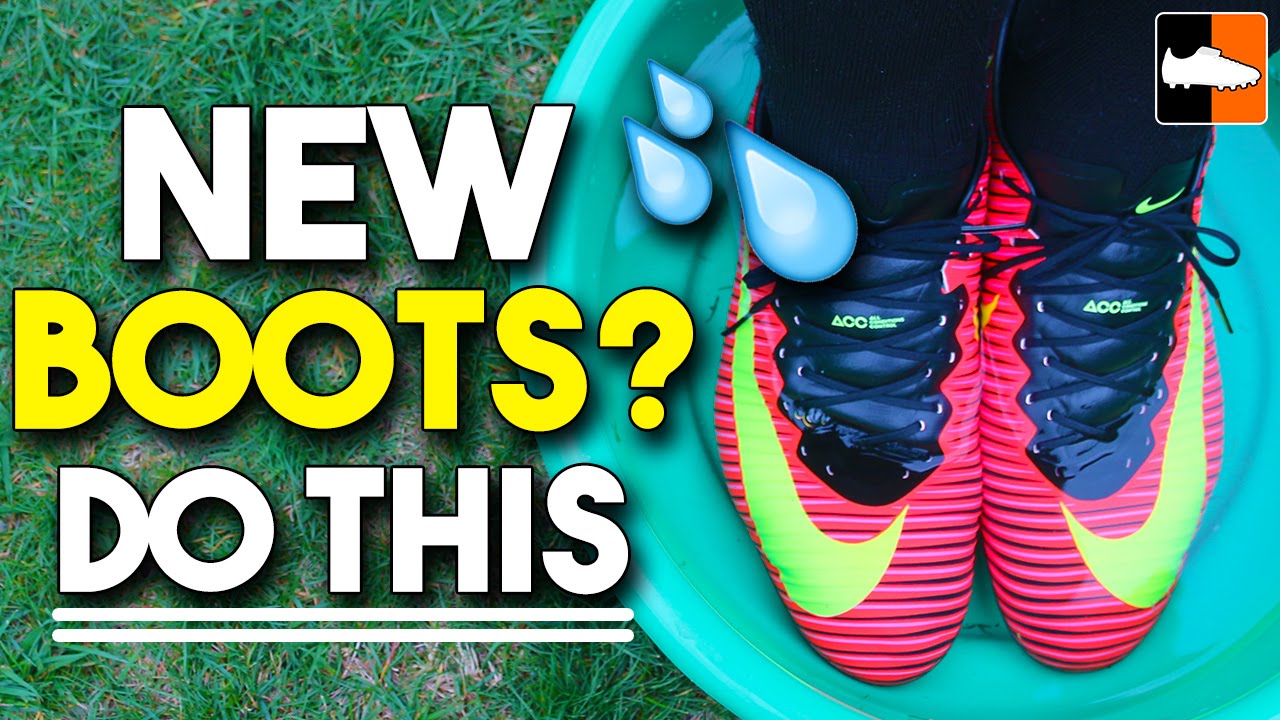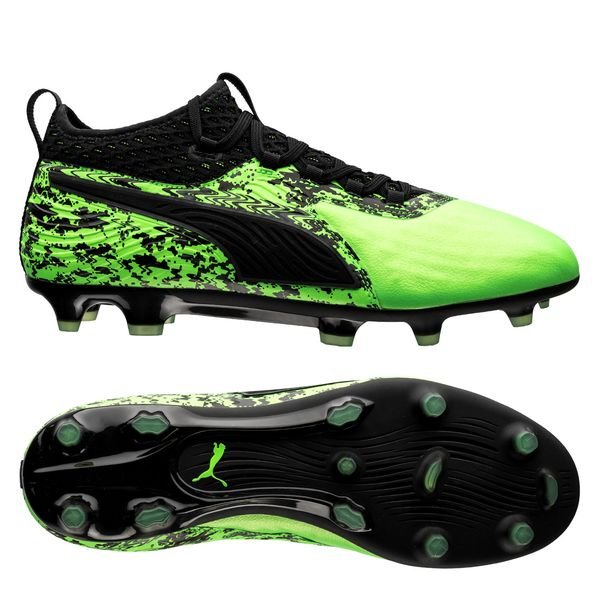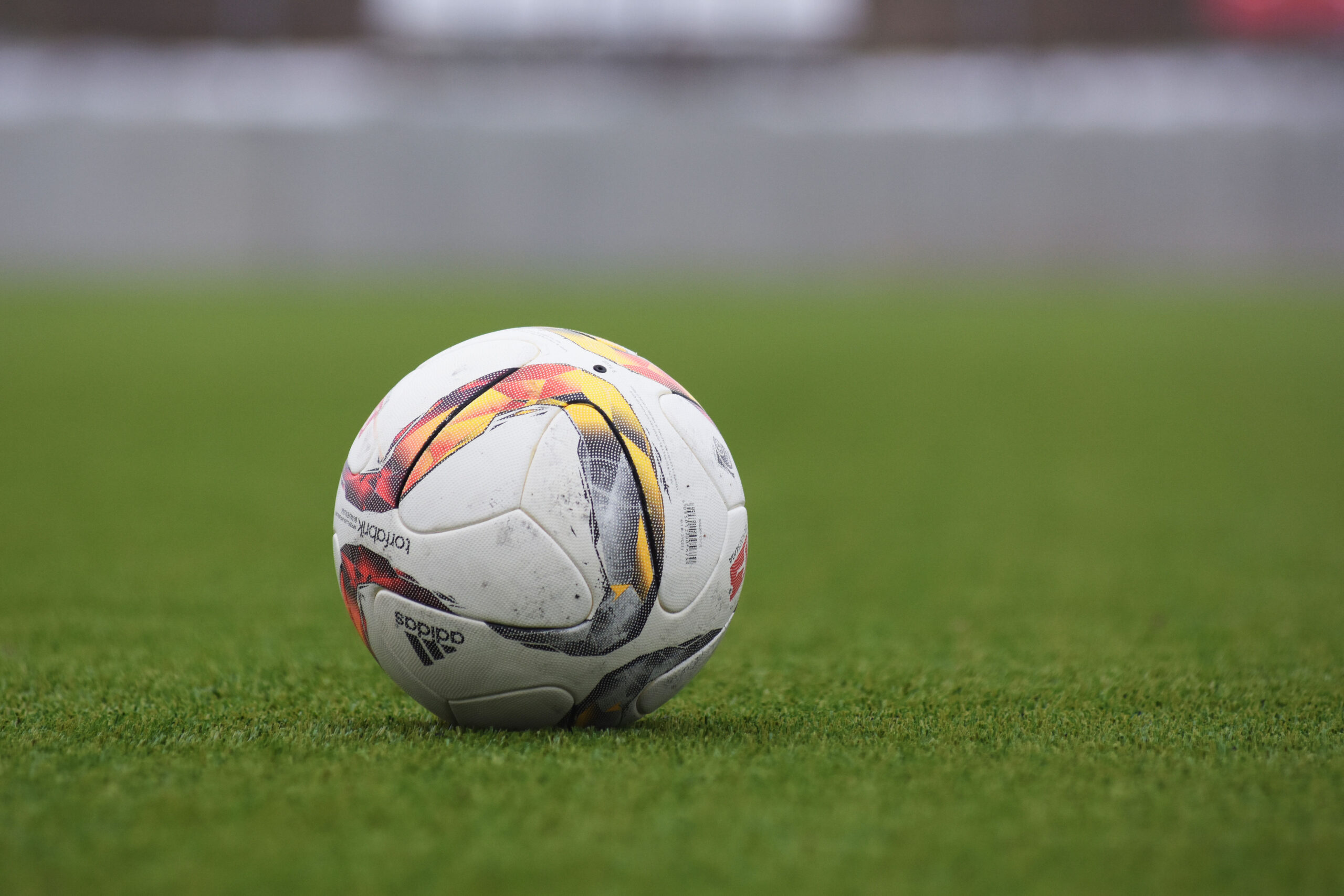How To Break In Soccer Cleats?: Quick Comfort Hacks

To break in soccer cleats quickly, wear them during low-impact activities before using them on the field. Gradually increase wearing time to let the cleats mold to your feet.
Soccer enthusiasts know that new cleats can make or break their game. Comfort and fit are crucial in optimizing performance and reducing the risk of blisters and discomfort. Breaking in soccer cleats ensures they conform to the unique shape of your feet, offering the best support and agility on the pitch.
While the break-in period varies based on the cleat’s material and your usage, proper techniques can expedite the process. It’s essential to ease your feet into the new gear, adapting the cleats to your movements and playing style. Therefore, understanding the steps to effectively break in your new soccer cleats is a game-changer for any dedicated player.
The Essentials Of Soccer Cleats Comfort
A precise fit in soccer cleats is vital for comfort and performance. Your feet should have a snug feel, with no extra space.
Choosing the right material is crucial. Leather cleats tend to stretch for a custom fit. Synthetic cleats, less so, but often are lighter and dry faster. Know your preference to make the best choice.
| Leather Cleats | Synthetic Cleats |
|---|---|
| Stretch for better fit | Less stretch, more form-fitting |
| Suitable for wide feet | Better for narrow feet |
| Require longer break-in | Quicker adaptation time |

Credit: www.amazon.com
Pre-wear Techniques For Faster Break-in
Breaking in soccer cleats can be easy and quick. Start by wearing your cleats for short periods around the house. Increase wearing time gradually to adapt to your feet’s shape. This method ensures a comfortable and custom fit without the rush.
The role of moisture can also speed up the break-in process. A popular tactic involves using steam or hot water. Fill a tub with warm water, then soak the cleats briefly. This softens the material, making it more pliable and ready for wear. Dry them thoroughly after.
| Method | Process | Expected Outcome |
|---|---|---|
| Steam | Hold over steam for a few minutes | Cleats become softer |
| Hot Water | Submerge for a short time | Cleats mold to feet shape |
Physical Manipulation Hacks
Breaking in soccer cleats requires patience and care. Soccer players can manually stretch their cleats using their hands. Gently bend the shoes back and forth, focusing on areas that feel tight. This helps the material to become more flexible and accommodate your feet. Another hack involves wearing thick socks and walking around in the cleats.
The freezing method introduces a cool way to stretch cleats. Fill two sealable bags with water, place them inside the cleats, and then stick them in the freezer. As water freezes, it expands, gently stretching the material of your cleats. After thawing, you’ll find the cleats feeling a bit roomier. These tricks might speed up the breaking-in process.
In-game Cleat Adaptation
Proper soccer cleats fit snugly. As you play, they will start to mold to your feet. Make sure to wear them during practice games and drills. This helps them adjust and not cause pain. Feel any tight spots? Do some light jogs or short sprints. These movements can ease the stiffness. Keep them on for 30 minutes after playing. It lets them cool down and take the shape of your feet. Always ensure they are completely dry before the next use. If they get wet, stuff them with newspaper to speed drying and maintain shape. Listen to your feet and adjust your cleats as needed.
Post-game Care For Longevity
Proper cleat care post-game ensures they last longer. Always remove insoles to air them out separately.
Stuff cleats with newspaper to absorb moisture and maintain shape. Avoid direct heat such as radiators.
| Storage Tip | Benefit |
|---|---|
| Use a shoe tree | Helps retain cleat shape |
| Keep them dry | Prevents material damage |
| Store in a cool place | Avoids degradation |
Alternating cleats gives them time to dry and reduce wear.

Credit: m.youtube.com
Common Issues And Solutions
Breaking in soccer cleats needs gentle steps. Wear them at home for short periods before hitting the field. This makes them more comfortable.
To prevent blisters, always put on thick socks. Use anti-blister balms on your feet too. Apply plasters if you feel a rub.
Feel tight spots?
- Stretch them by hand.
- Use a shoe stretcher.
- Moisturize leather cleats with conditioner.

Credit: www.unisportstore.com
Conclusion
Breaking in new soccer cleats is a vital step to ensure comfort and prevent injuries. Gentle wear, patience, and proper care are key. Remember, rushing the process can damage your cleats. By following the steps outlined, you’ll be game-ready with a pair that feels like it’s molded for your feet.
Gear up, follow our guide, and enjoy a seamless transition into your new soccer essentials.


